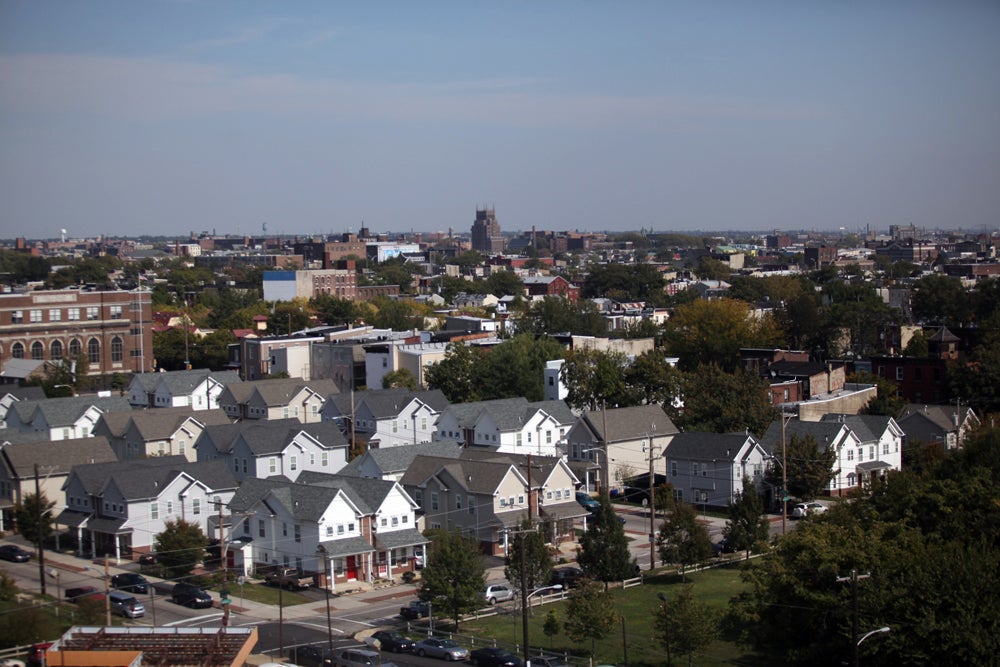Clarke’s plan and why all affordable housing isn’t created equal

City Council President Darrell Clarke’s new affordable housing initiative marks Philadelphia’s latest foray into large-scale, placed-based planning. The goal is to create “affordable housing opportunities in communities where property values are on the rise and out of reach for many.” Using housing affordability as a mechanism to balance growth and equity is a progressive idea, but its success will largely depend on avoiding the pitfalls that crippled the plans that proceeded it.
Some have suggested that Philadelphia’s problem is more a consequence of income deficiency not of housing affordability. While this point is well taken, it’s often difficult to separate one from the other, particularly given the strong ties between disadvantaged neighborhoods and the prospects for upward mobility.
The goal of America’s housing policy is “a decent home in a suitable living environment for every American family.” Its framers recognized the important intersection of “housing production and related community development.”
Until very recently, programs informed by this policy focused more on housing and less on the creation of healthy and sustainable communities.
Many of the neighborhoods that have attracted government subsidy over the years are still marked by crime, shuttered public schools and abundant vacancy.
These neighborhoods comprise Philadelphia’s portfolio of what I call, lowercase “a”, affordable housing – affordable because rents and home prices reflect lackluster neighborhood demand.
Much of our subsidized housing (what I would call uppercase “A”, Affordable Housing) is developed in so-called ‘Qualified Census Tracts’ – areas where at least 25% of residents live in poverty.
Consequently, many Affordable Housing units are “decent” but developed in neighborhoods that are decidedly “unsuitable”.
Perhaps the one factor that most exemplifies neighborhood suitability is quality public schools.
Research has shown that low-income children who attend schools in lower poverty neighborhoods outperform their peers who attend schools in higher poverty areas.
Research in Philadelphia has shown that households are willing to pay a premium to locate in neighborhoods with quality public schools.
Philadelphia’s experience over the last decade has shown that where public services and amenities are fruitful (education in particular), demand for housing services are inevitable.
These two facts suggest that policy makers must develop economically and politically feasible mechanisms to ensure young people have access to the kinds of resources that will guarantee future success.
Thus, the aspirational goal of Clarke’s plan is to begin inserting uppercase “A” Affordable Housing today into the neighborhoods that are likely to produce higher quality services and amenities in the future.
The question is whether it’s possible to achieve this goal given economic and political realities.
Acutely aware of Philadelphia’s history with large-scale, placed-based interventions, former Philadelphia housing director John Kromer cautions us not to ignore how politics can limit the potency of these projects.
Whether or not you agree with his reasoning, he, like many of us are trying to learn from past mistakes and ensure that government intervention is as efficient and effective as possible.
Mayor John Street’s Neighborhood Transformation Initiative floated a $300 million bond at least in part, to use blight removal as an economic development tool. Under the program, the City expended $22,000 per demolition.
Although vacant building removal (which is very different from land banking and similar land ‘remediation’ strategies) has been an important component of Planning since the days of Urban Renewal, there has not been one study (in Philadelphia or elsewhere) linking demolition to economic stimulus.
The rest of the nation has yet to learn from Philadelphia’s experience.
Detroit’s emergency manager Kevin Orr has proposed spending more than half a billion dollars on the demolition of vacant residential buildings, claiming that the program will stabilize property values and incentivize new investment.
The City of Camden is considering a new parking lot tax in order to fund the demolition of nearly 4,000 vacant buildings.
Clarke’s new plan is informed by these past programs. As are contemporary federal housing programs which are founded on the realization that in order to make a real difference in the lives of the poor, we have to completely transform the context in which they live.
One thing is for certain, none of this is easily accomplished. While the new plan marks a leap forward in our thinking about place, poverty alleviation and equitable neighborhood change, the devil will always lie in the details; in community engagement; in the appropriate alignment of incentives; in the political will to target subsidy in an efficient way. If these dynamics don’t all come together, the program may suffer the same fate as the many that came before it.
Ken Steif is a Doctoral Candidate in the Graduate Group of the City & Regional Planning Program at the University of Pennsylvania. You can follow him on Twitter @KenSteif.
WHYY is your source for fact-based, in-depth journalism and information. As a nonprofit organization, we rely on financial support from readers like you. Please give today.






